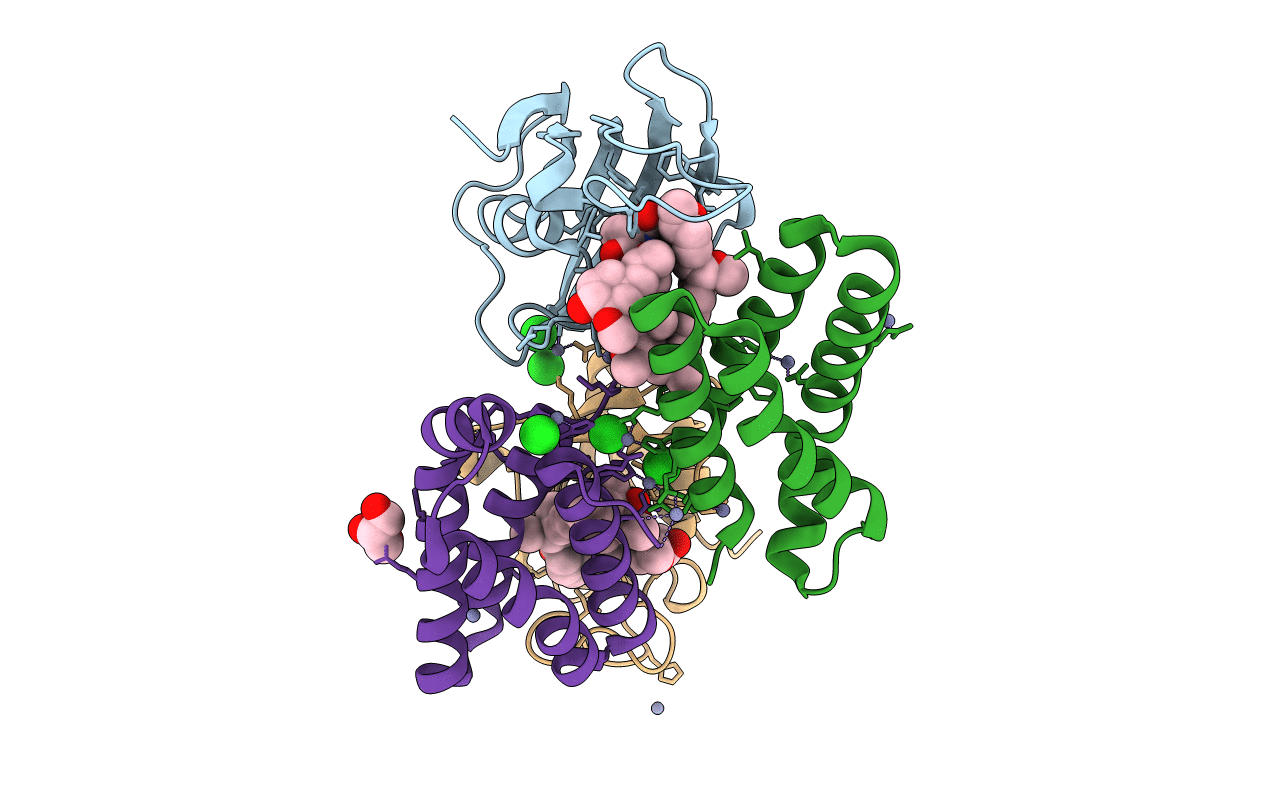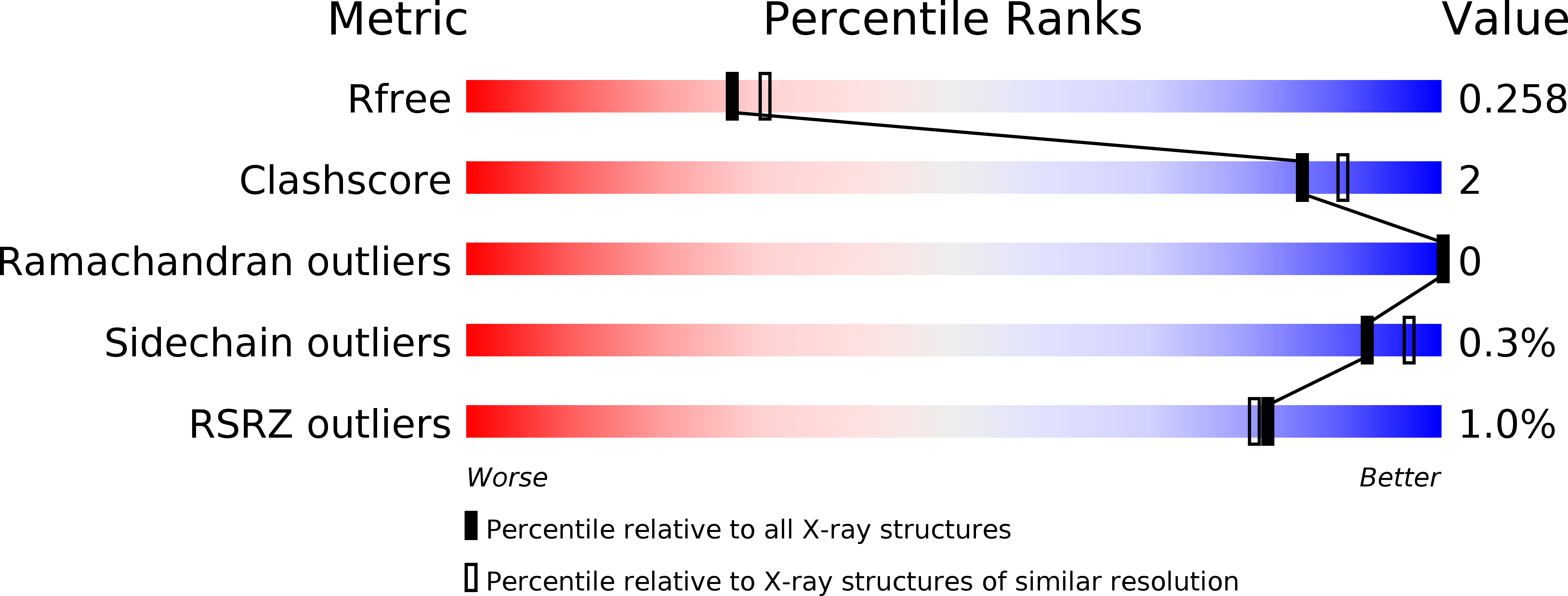
Deposition Date
2020-03-09
Release Date
2020-08-26
Last Version Date
2023-11-29
Entry Detail
PDB ID:
6M4U
Keywords:
Title:
Crystal structure of FKBP-FRB T2098L mutant in complex with rapamycin
Biological Source:
Source Organism:
Homo sapiens (Taxon ID: 9606)
Host Organism:
Method Details:
Experimental Method:
Resolution:
2.20 Å
R-Value Free:
0.25
R-Value Work:
0.19
R-Value Observed:
0.20
Space Group:
P 1 21 1


